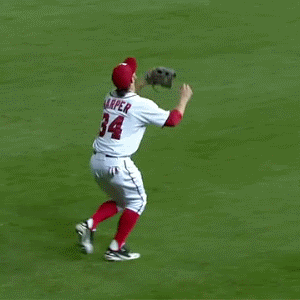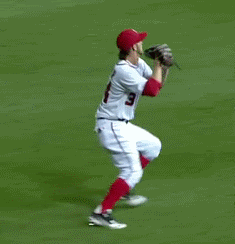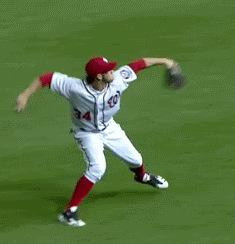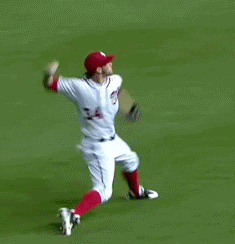FiveFrameSwing
Banned
I should add ... that I've seen many kids taught the "L". I have even seen kids momentarily get their throw correct, and include TE, ... but have their throwing arm bend to an angle less than 90-degrees in the process ... ... ... and then observe the coach/instructor "correct" the kids mechanics and increase the angle of their throwing arm to an "L", .... .... .... and in the process I would see the kids abort thoracic extension, and not build the stretch running from their lower back to their shoulder, and basically attempt to power their throw via rotation/spin ... and then make repeated attempts trying to muscle the throw instead of whip ... I suppose the thought being that if you are going to do it wrong, and if isn't going to work well, then you might as well extend a lot of effort in a losing cause ......... sort of like a batter swinging out of their shoes and yet being largely ineffective ... some think they just need to spin/rotate harder.
IMO the "L" that is commonly taught can be a detriment ... and in fact I've seen it employed to make kids worse.
This drill below ... think twice before you pass it along to kids.

Just because you see a big name individual demonstrating a slow-motion action, doesn't mean the action is correct and that the action doesn't warrant follow-up verification. Be wary of slow-motion demonstrations ... many incorrect, and ill conceived actions, can be performed in slow-motion. Apply the Hanson Principle to throwing mechanics much like you would to hitting mechanics.
IMO the "L" that is commonly taught can be a detriment ... and in fact I've seen it employed to make kids worse.
This drill below ... think twice before you pass it along to kids.

Just because you see a big name individual demonstrating a slow-motion action, doesn't mean the action is correct and that the action doesn't warrant follow-up verification. Be wary of slow-motion demonstrations ... many incorrect, and ill conceived actions, can be performed in slow-motion. Apply the Hanson Principle to throwing mechanics much like you would to hitting mechanics.








